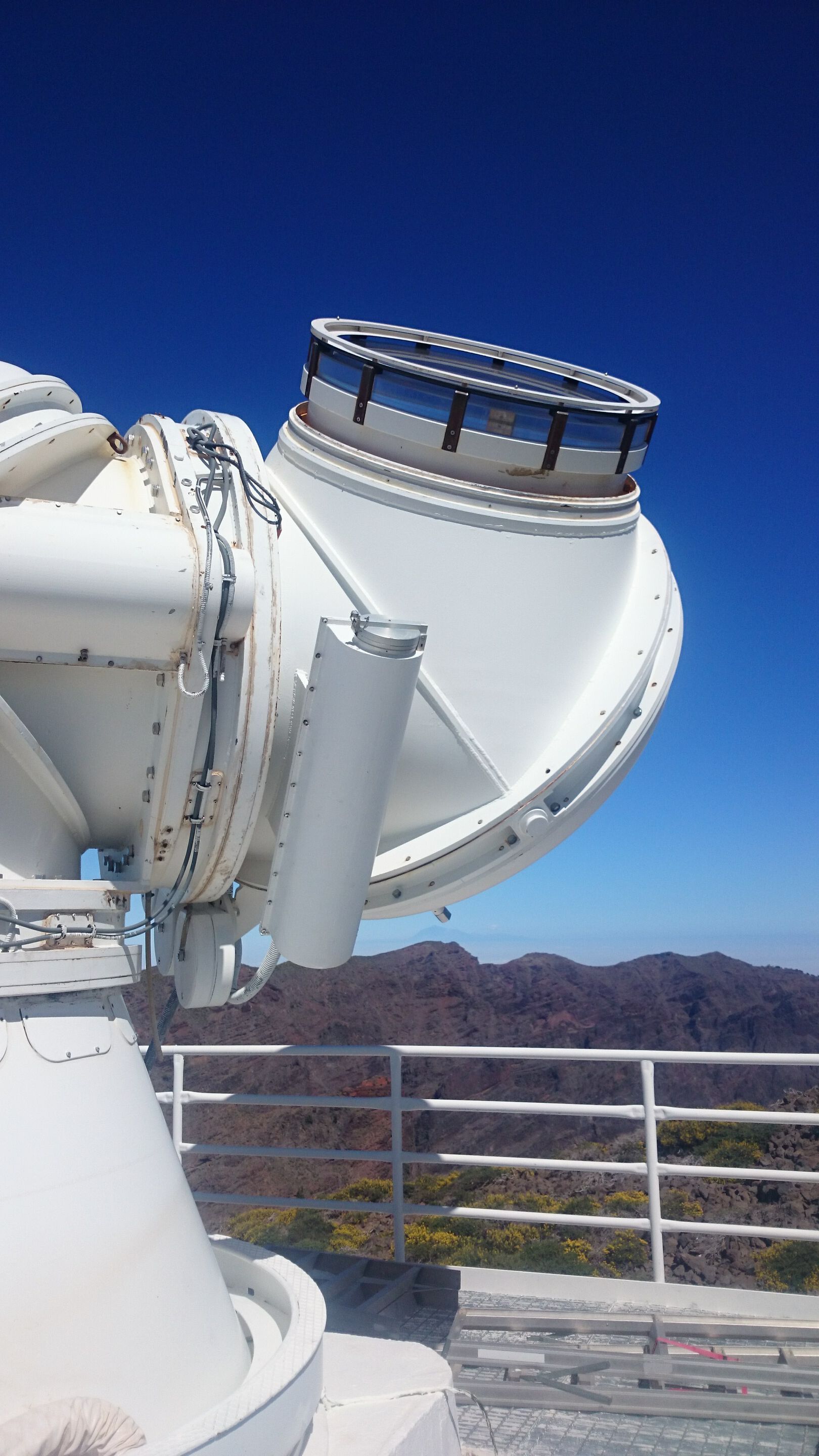
The PhD defence will be fully digital and streamed directly using Zoom. The host of the session will moderate the technicalities while the chair of the defence will moderate the disputation.
Ex auditorio questions: the chair of the defence will invite the audience to ask ex auditorio questions either written or oral. This can be requested by clicking 'Participants -> Raise hand'.
-
Join the disputation
The meeting opens for participation just before the disputation starts, and closes for new participants approximately 15 minutes after the defence has begun.
Trial lecture
"The interplay between convection and magnetic fields in the sub-photospheric layers of the Sun"
The video recording of the trial lecture will be available here from the 06.10.21 – 08.10.21
Conferral summary
Penumbral microjets (PMJs) er kortvarige, jet-liknende fenomen med typiske størrelser på et par hundre til noen tusen kilometer og kan observeres i penumbraen til solflekker. Avhandlingens vellykkede mål var studien av de presise egenskapene til PMJs, samt deres evolusjon i rom, tid og i forskjellige bølgelengder av lys. Dette ble gjort gjennom analysen av observasjoner fra det Svenske 1-m Sol Teleskopet og NASA’s satellitt-teleskop, Interface Region Imaging Spectrograph.
Main research findings
Penumbral microjets (PMJs) are intriguing flashes of light found in the twilight region of sunspots, the penumbra, and they have typical lengths of hundreds of kilometres. Quite some finesse is required to tease out the origins, precise properties, and how PMJs actually move through the Sun’s plasma. PMJs are likely caused by the process of magnetic reconnection, in which “tangled” magnetic field lines suddenly “snap” and realign, releasing energy. This process is typically associated with much larger solar flares. Accordingly, the study of PMJs offers insight into this process at a much smaller scale. The thesis focuses on highly detailed observations from the Swedish 1-m Solar Telescope and NASA’s Interface Region Imaging Spectrograph. A wide range of advanced methods were used, including an automated detection scheme for PMJs involving the machine-learning algorithm k-Nearest Neighbour. Multiple sets of observations were analysed using detailed spectral diagnostics, ranging across many spectral lines. Ultimately, the work accomplished great strides forward in the characterization of PMJs, especially in how they move through the atmosphere and how they evolve in time.
